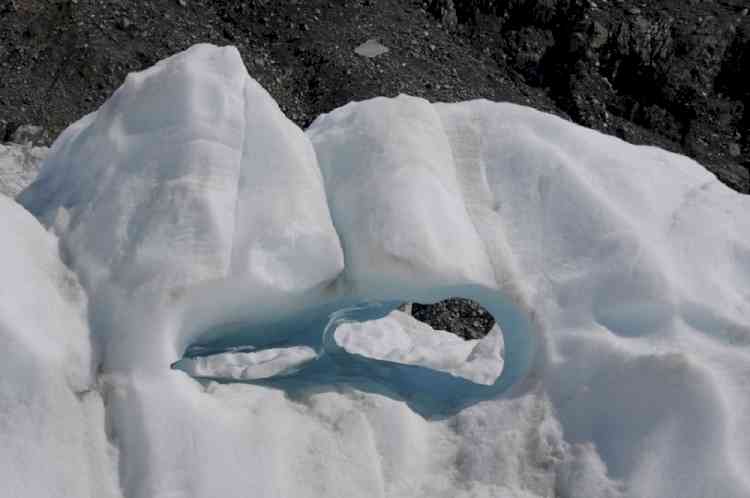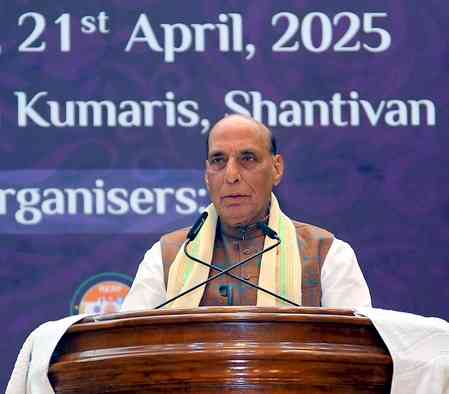Himalayan glaciers melting at 'exceptional rate', says new study
The study, led by the University of Leeds, also reveals that Himalayan glaciers are shrinking far more rapidly than glaciers in other parts of the world, a rate of loss the researchers describe as 'exceptional' as they lost around 40 per cent of their area

New Delhi, Dec 20 (IANS) Reiterating that the accelerating melting of the Himalayan glaciers threatens the water supply of millions of people in Asia, a new study has said that the Himalayan glaciers have lost ice 10 times more quickly over the last few decades than on average since the last major glacier expansion 400-700 years ago, a period known as the 'Little Ice Age'.
The study, led by the University of Leeds, also reveals that Himalayan glaciers are shrinking far more rapidly than glaciers in other parts of the world, a rate of loss the researchers describe as 'exceptional' as they lost around 40 per cent of their area.
The research is the latest confirmation that the changes in the Himalayan glaciers are accelerating.
The paper -- 'Accelerated mass loss of Himalayan glaciers since the Little Ice Age' -- published in Scientific Reports made a reconstruction of the size and ice surfaces of 14,798 Himalayan glaciers during the Little Ice Age.
"The researchers calculate that the glaciers have lost around 40 per cent of their area -- shrinking from a peak of 28,000 sq km to around 19,600 sq km today," said a release.
During that period, they have also lost between 390 cubic km and 586 cubic km of ice -- the equivalent of all the ice contained today in the central European Alps, the Caucasus, and Scandinavia combined.
The water released through that melting has raised sea levels across the world by between 0.92 mm and 1.38 mm, the team calculates, the release said.
Jonathan Carrivick, corresponding author and Deputy Head of the University of Leeds' School of Geography, said: "Our findings clearly show that ice is now being lost from Himalayan glaciers at a rate that is at least 10 times higher than the average rate over past centuries. This acceleration in the rate of loss has only emerged within the last few decades, and coincides with human-induced climate change."
The Himalayan range is home to the world's third-largest amount of glacier ice, after Antarctica and the Arctic, and is often referred to as 'The Third Pole.'
The acceleration of melting of Himalayan glaciers has significant implications for millions of people who depend on Asia's major river systems for food and energy. These rivers include the Brahmaputra, the Ganges and the Indus.
The team used satellite images and digital elevation models to produce outlines of the glaciers' extent 400-700 years ago and to 'reconstruct' the ice surface. The satellite images revealed ridges that mark the former glacier boundaries, and the researchers used the geometry of these ridges to estimate the former glacier extent and ice surface elevation. Comparing the glacier reconstruction to the glacier now, they determined the volume and hence mass loss between the Little Ice Age and now.
Himalayan glaciers are also declining faster where they end in lakes, which have several warming effects, rather than where they end on land. The number and size of these lakes are increasing so continued acceleration in mass loss can be expected.
Similarly, glaciers, which have significant amounts of natural debris upon their surfaces, are also losing mass more quickly: They contributed around 46.5 per cent of total volume loss despite making up only around 7.5 per cent of the total number of glaciers.


 IANS
IANS 










